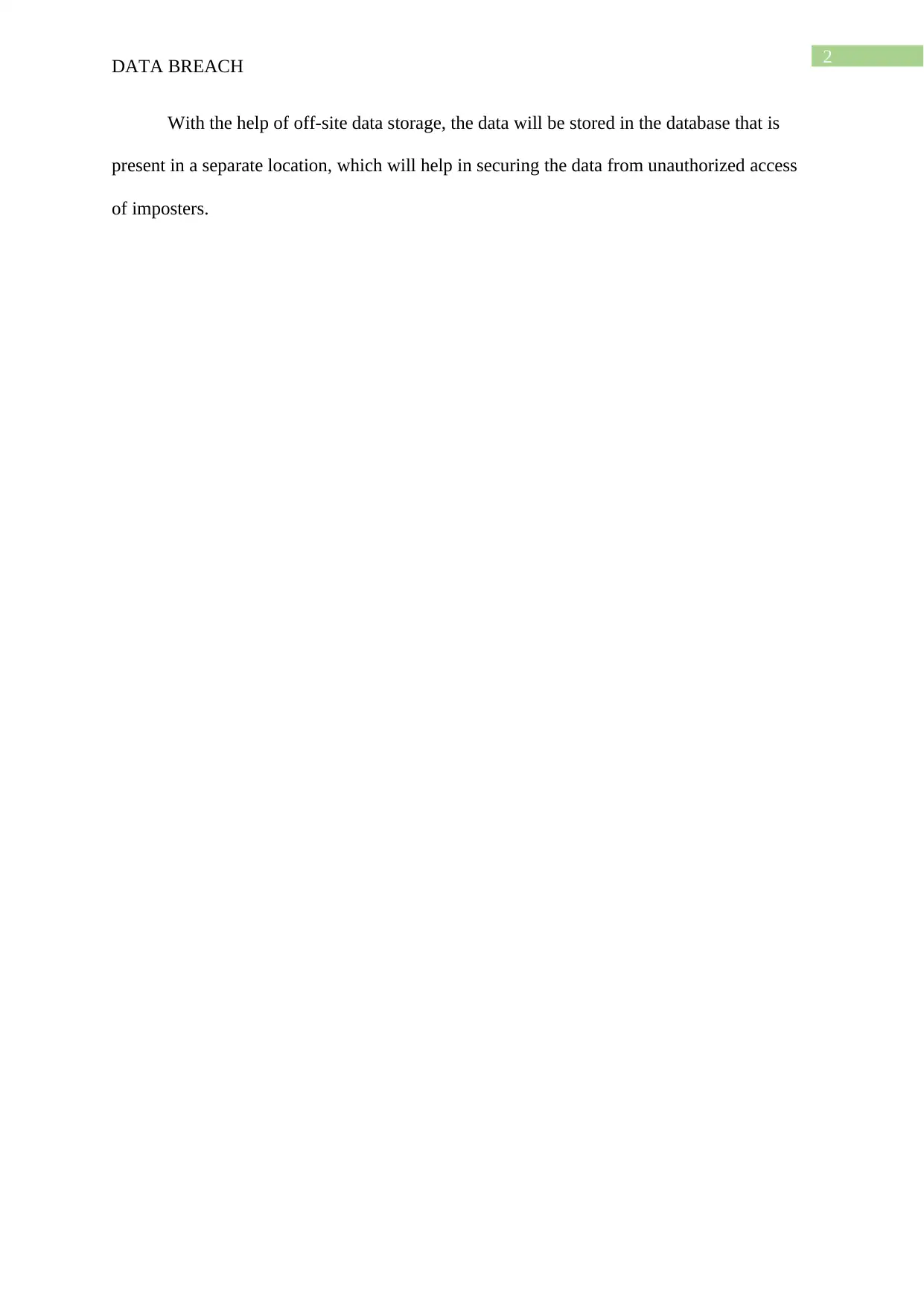Analyzing Facebook's Data Breach: Security Issues and Solutions
VerifiedAdded on 2023/04/11
|4
|404
|217
Case Study
AI Summary
This case study delves into the 2018 Facebook data breach, where personal data of 30 million users was stolen, highlighting critical security vulnerabilities within the platform. It addresses issues such as the implementation of Beacon, which led to unauthorized sharing of user activities, and the use of Instant Personalization, which risked leaking information to affiliated sites. The study proposes mitigation strategies, including increasing password robustness with two-way authentication systems and implementing off-site data storage to protect data from unauthorized access. It underscores the importance of robust security measures in digital platforms to safeguard user data and prevent future breaches. Desklib provides similar solved assignments for students.
1 out of 4






![[object Object]](/_next/static/media/star-bottom.7253800d.svg)